11 Vintage Engineering Gadgets That Still Fascinate Collectors
There is something fascinating about the tools engineers once used to build, design, and measure with absolute care. Engineering tools are instruments created to make technical work easier, from drafting blueprints to shaping metal and testing strength. These gadgets were once essential to progress, yet many have become prized collectibles. Their design and purpose tell stories about creativity and human ingenuity.
This post may contain affiliate links, which helps keep this content free. Please read our disclosure for more info.
Curta Calculator
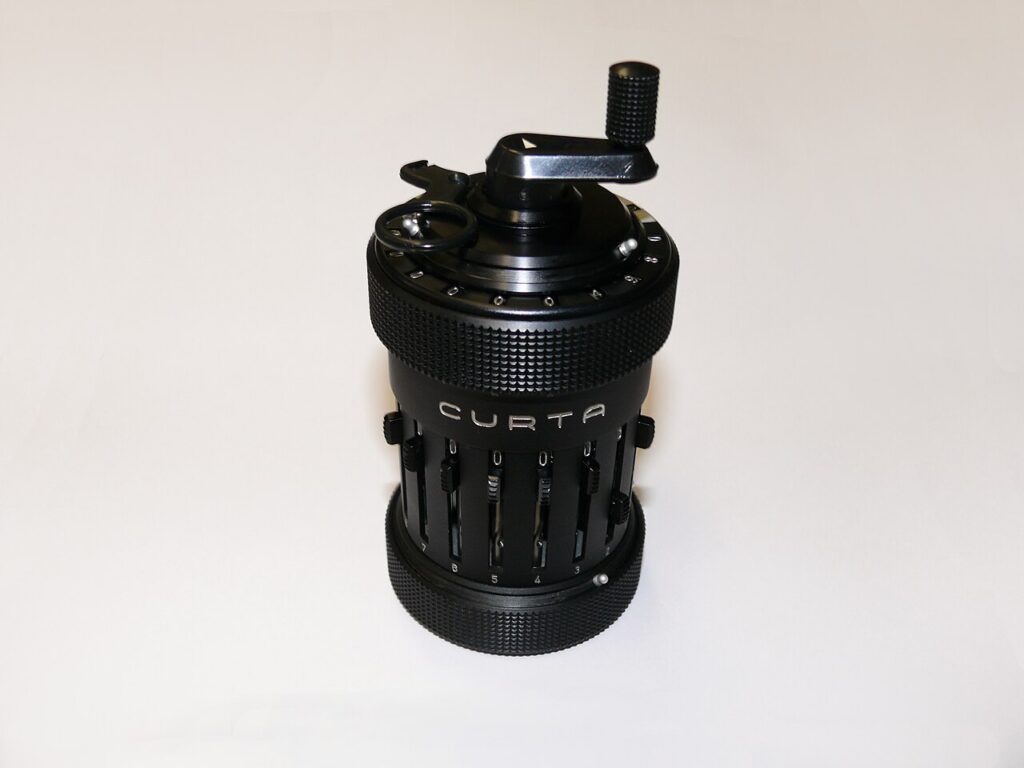
Introduced in the late 1940s, the Curta Calculator is one of the most admired mechanical devices ever created. Designed by Curt Herzstark, this hand-cranked machine could perform addition, subtraction, multiplication, and division with surprising accuracy. It was made from precision-engineered metal parts, all housed in a compact cylindrical casing. The craftsmanship and reliability made it a favorite among engineers and rally drivers for years. Today, these devices often sell for $1,000 to $3,000 depending on condition.
Collectors find the Curta’s story just as fascinating as its function. It was developed under extraordinary circumstances during World War II, which adds depth to its legacy. Each unit’s fine mechanical movement is both visually appealing and mechanically brilliant. Many owners display it as a conversation piece or use it to demonstrate manual computing. Its timeless design keeps it one of the most sought-after vintage engineering tools.
Slide Rule
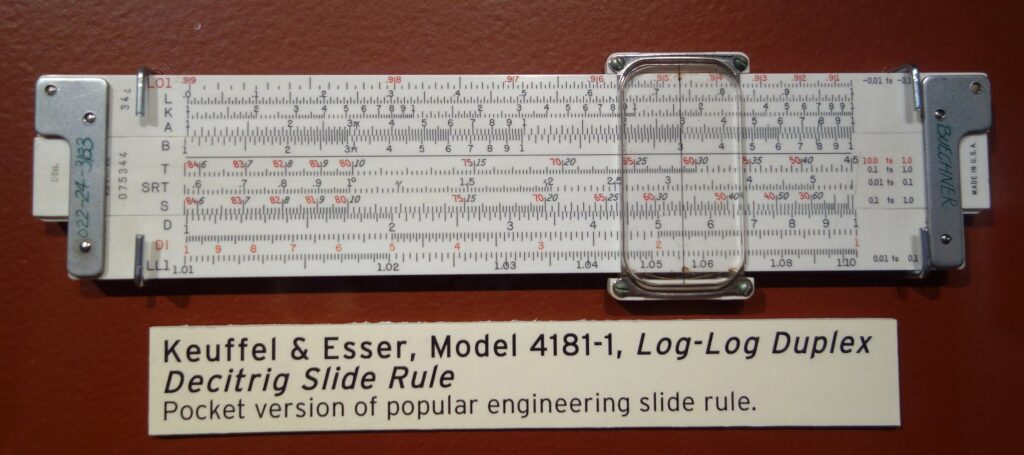
Once considered the engineer’s go-to tool, the slide rule gained popularity in the early 1900s as a mechanical calculator. Made mostly from bamboo, plastic, or aluminum, it allowed users to perform complex calculations long before digital calculators existed. Engineers relied on it for precision in designing bridges, machines, and electrical systems. Its sturdy build and clever design make it a prized collectible for those who admire old methods of computation. Depending on the model and maker, a well-kept slide rule can be valued at around $50 to $300.
Collectors appreciate the slide rule for both its engineering significance and educational value. Some of the most sought-after models were made by Keuffel and Esser or Pickett, known for their detailed markings and quality materials. Enthusiasts often restore them to working order, using them to demonstrate pre-digital problem-solving. The mix of practicality and nostalgia keeps these devices in steady demand. They remain a powerful reminder of how engineers worked before the age of computers.
Sextant
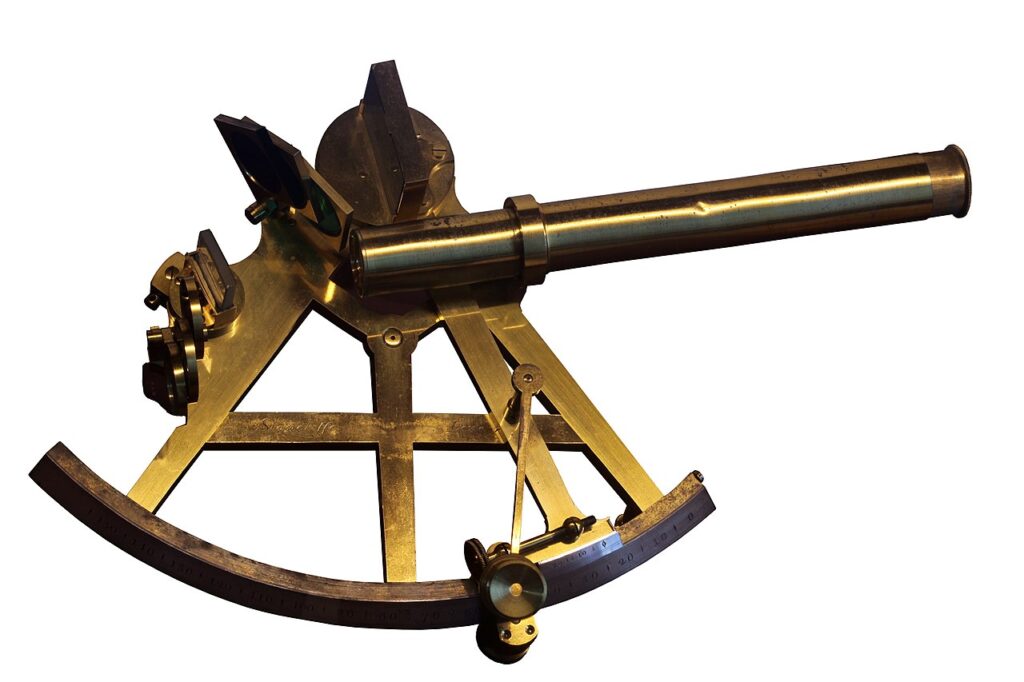
Dating back to the 18th century, the sextant was a crucial navigation tool for sailors and explorers. Made from brass and polished wood, it measured the angle between celestial bodies and the horizon to determine position at sea. Mariners trusted it to guide ships across vast oceans long before GPS existed. Its intricate design and historical importance make it a favorite among collectors of nautical equipment. Depending on craftsmanship and maker, a vintage sextant can fetch between $200 and $2,500.
Collectors value the sextant for its mechanical precision and connection to exploration history. The balance of engineering and artistry makes it stand out in any collection. Many enthusiasts seek authentic ship-used models, often stored in fitted wooden cases. These devices still function accurately, showcasing the skill of past instrument makers. Owning one feels like holding a piece of human discovery.
Telegraph Key
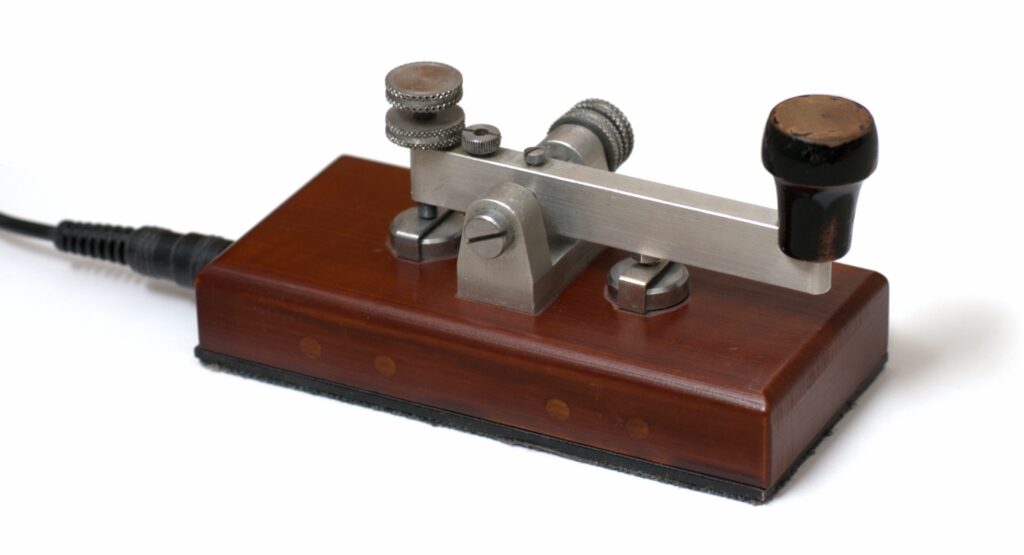
The telegraph key revolutionized communication during the 19th century by sending messages through Morse code. Made from brass, nickel, or steel, it connected people across continents faster than ever before. Each click of the key carried messages that shaped business, war, and personal connections. It was a true marvel of mechanical communication that paved the way for modern telephony. Today, collectors pay anywhere from $75 to $800 for classic models.
Collectors love how telegraph keys combine mechanical simplicity with historical impact. Many were handcrafted, giving each model unique details. Some enthusiasts restore them for live demonstrations or amateur radio use. Famous brands like Vibroplex and Western Electric remain especially collectible. These compact devices represent the early age of instant communication.
Surveyor’s Transit
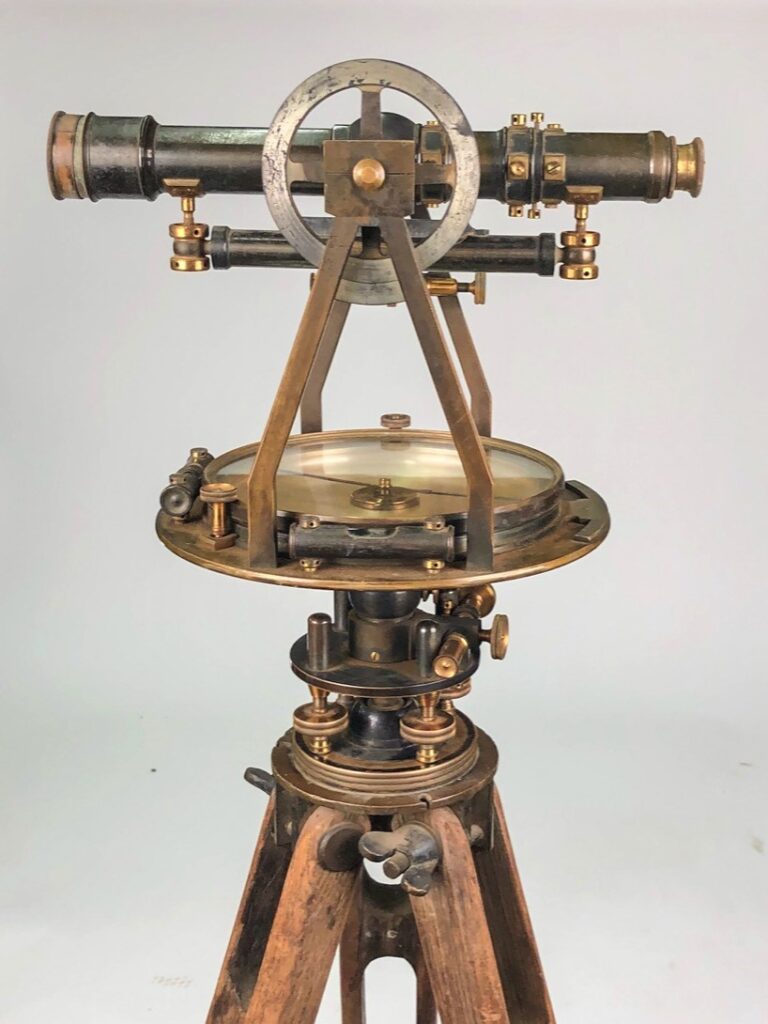
The surveyor’s transit became an essential engineering tool in the mid-19th century, helping map land and plan large-scale projects. Typically made from brass with glass lenses, it allowed surveyors to measure angles with great accuracy. Engineers used it to lay out railroads, bridges, and cities. Its solid build and mechanical design reflect an era when construction relied on precision instruments. Well-preserved examples are valued from $300 to $2,000.
Collectors appreciate the transit’s connection to the early development of infrastructure. Its detailed engravings and brass fittings show both utility and elegance. Some models include original tripods and wooden carrying cases, increasing their value. Enthusiasts often display them as functional pieces of art. The surveyor’s transit remains a powerful symbol of early engineering achievement.
Pocket Barometer
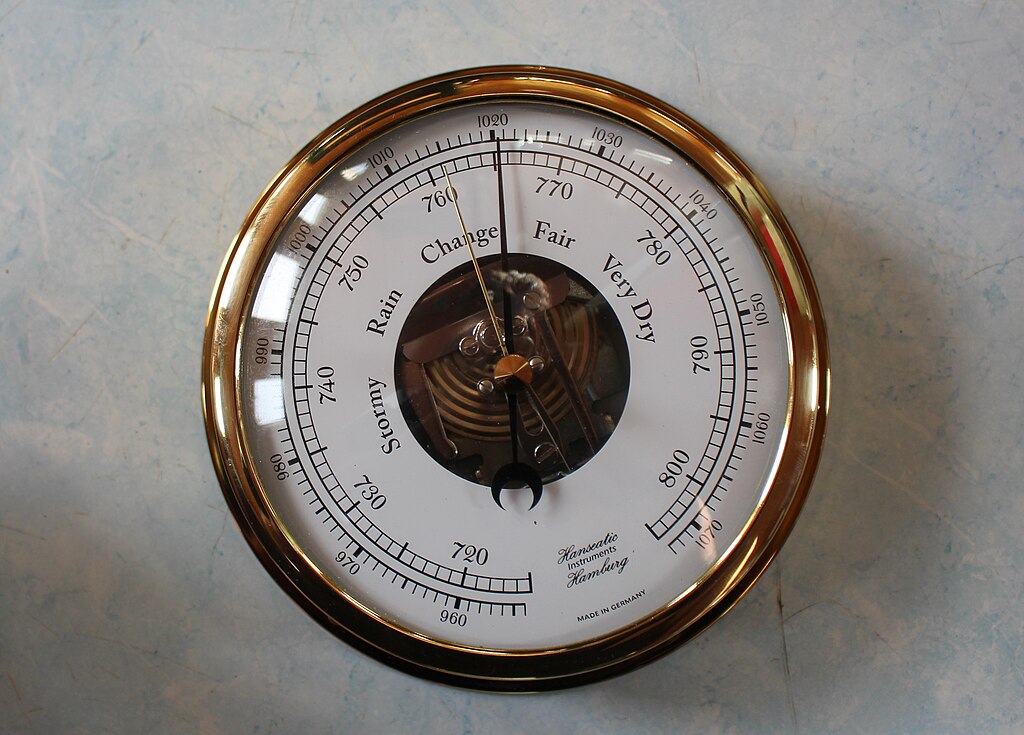
Introduced in the late 19th century, the pocket barometer helped travelers and explorers measure atmospheric pressure on the go. Made from brass and glass, it often came in leather cases for protection. Mountaineers, aviators, and scientists relied on these small devices to predict weather changes. The compact design combined function with elegance. Well-preserved models often sell between $150 and $600.
Collectors are drawn to pocket barometers for their delicate engineering and portability. Many still function after more than a century, proving their lasting quality. Brands like Negretti and Zambra remain especially popular among enthusiasts. Some feature built-in thermometers, adding extra appeal. The balance of form and function gives each one timeless charm.
Early Voltmeter
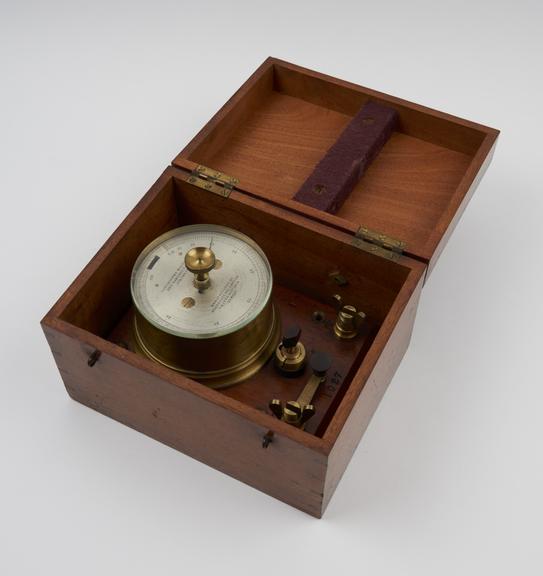
Emerging in the late 1800s, the early voltmeter allowed engineers to measure electrical potential for experiments and construction. Built with brass cases, glass dials, and copper wiring, it offered a reliable way to understand electricity in its early applications. These instruments played a role in shaping modern electrical systems. Their design shows a clear blend of science and artistry. Depending on rarity, collectors pay $200 to $1,200 for vintage models.
Collectors find value in the voltmeter’s connection to the dawn of electrical innovation. The dials, pointers, and analog displays give each unit character that digital tools lack. Some museums and private collectors maintain them in full working order. They often appear in antique science exhibits as symbols of early experimentation. For anyone passionate about vintage engineering, the early voltmeter holds lasting appeal.
Micrometer Caliper

First patented in the mid-19th century, the micrometer caliper allowed precise measurement of small components. Made from steel and brass, it quickly became a staple in workshops and laboratories. Engineers used it to check tolerances and dimensions in metalwork and machinery. The feel of turning its thimble gives a tactile sense of control that digital tools cannot match. Vintage micrometers can range from $50 to $400 in value.
Collectors appreciate the micrometer for its role in shaping industrial precision. Well-known brands like Starrett and Brown and Sharpe produced some of the most collectible models. Many vintage pieces still function accurately today. The balance between utility and durability keeps them popular among enthusiasts. They are small but powerful reminders of mechanical progress.
Steam Pressure Gauge
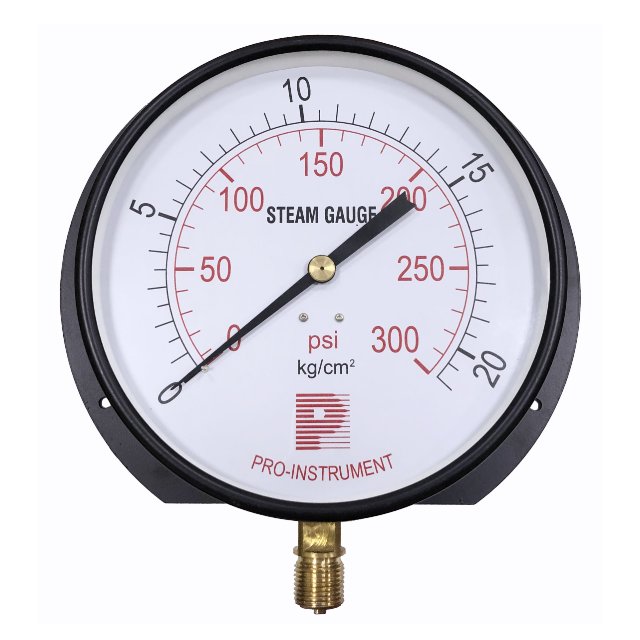
Steam pressure gauges became vital in the 19th century during the rise of locomotives and factories. Built from brass, iron, and glass, they measured pressure levels to maintain safe operation. Engineers depended on them to monitor engines and boilers. Each dial and pointer told a story of industrial growth and innovation. Antique gauges in good condition can be valued between $150 and $1,000.
Collectors find the gauge’s industrial aesthetic irresistible. Many feature ornate lettering and decorative brass housings. Some were mounted on locomotives or steamships, making them historically significant. Restored pieces often become centerpieces in vintage machinery displays. They symbolize the power and progress of the steam age.
Planimeter
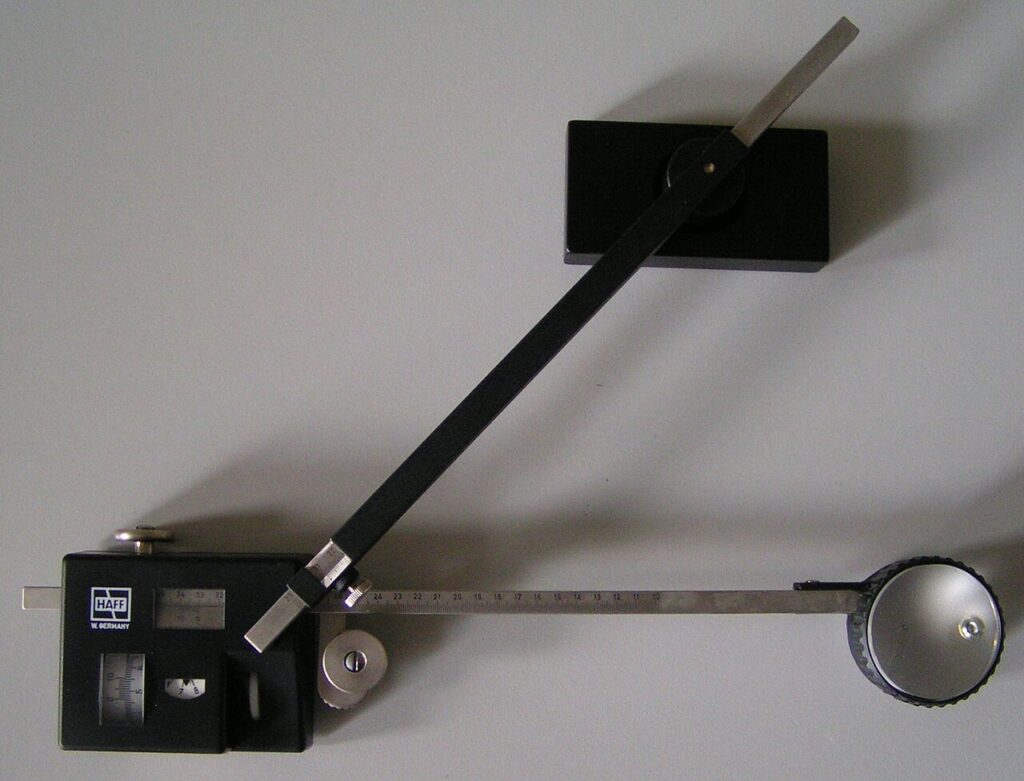
Invented in the mid-19th century, the planimeter became a key tool for engineers and draftsmen. This mechanical device measures the area of irregular shapes drawn on blueprints or maps. Made from brass and steel, it relies on precise movements of tracing arms and wheels to calculate surface areas. Before digital tools, it helped engineers determine land sizes, structural loads, and mechanical part designs. Depending on rarity and maker, vintage planimeters are valued between $200 and $1,000.
Collectors admire planimeters for their simple yet ingenious mechanics. Brands like Amsler and Keuffel & Esser produced some of the finest examples, often stored in fitted wooden cases. Many still operate with remarkable accuracy after decades of use. They remain a tangible reminder of how engineers once combined mathematics and craftsmanship. The planimeter holds a special place among those who appreciate analog problem-solving.
Drafting Machine

Introduced in the early 20th century, the drafting machine revolutionized how engineers and architects created technical drawings. It combines the function of a protractor and ruler, mounted on a movable arm that slides across a drawing board. Made from aluminum and steel, it allowed consistent angles and measurements without constant repositioning. This tool became essential in design offices long before digital drafting emerged. Depending on the brand and condition, antique drafting machines can range from $250 to $1,200.
Collectors and design enthusiasts admire these machines for their mechanical beauty and functionality. Many are still mounted on original drafting tables, displaying the craftsmanship of their era. The precision gears and counterweights reflect an age when design was done entirely by hand. Restored models often become statement pieces in studios or workshops. The drafting machine remains a symbol of ingenuity and practical artistry in engineering history.
This article originally appeared on Avocadu.
